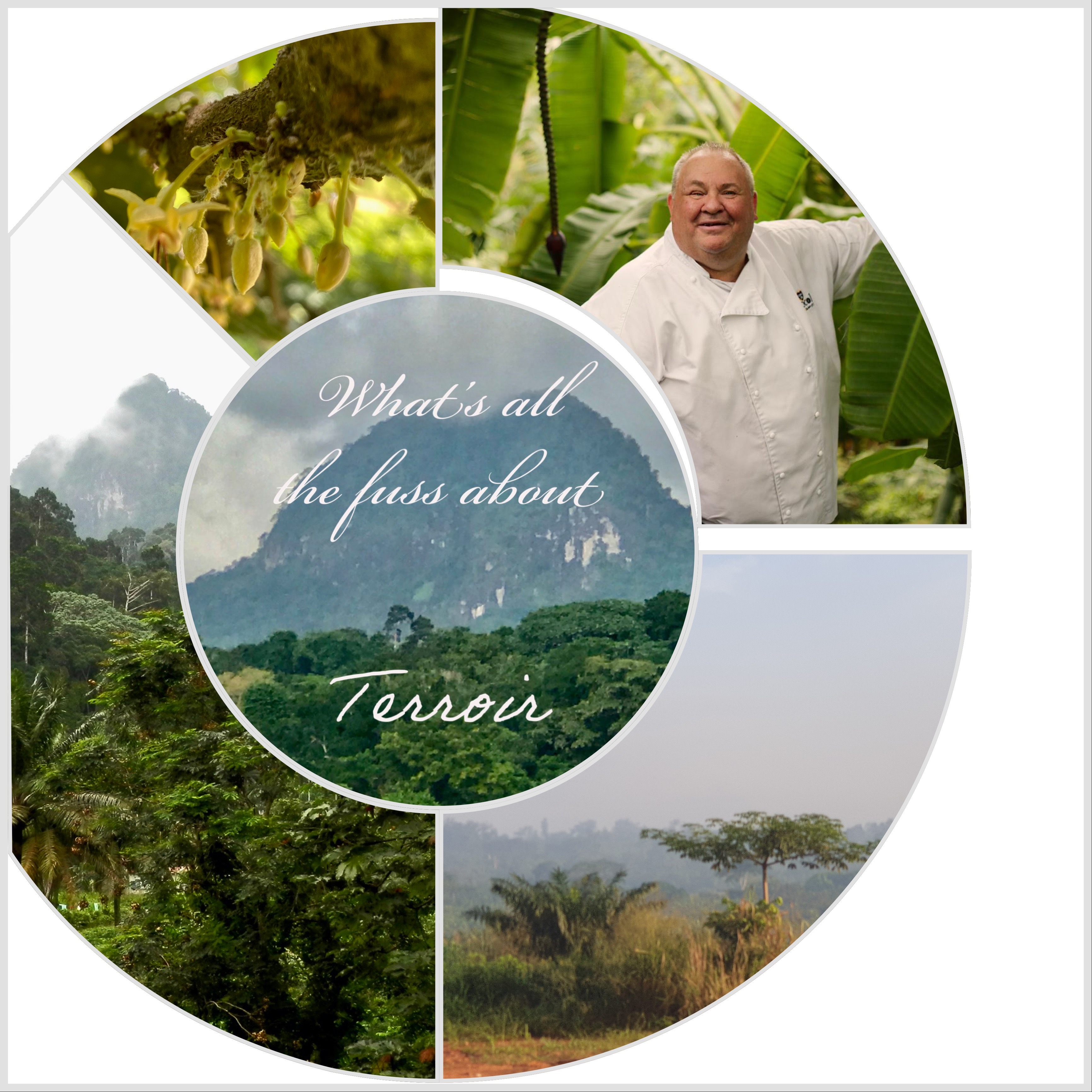
Terroir is a French term that refers to the unique environmental factors that influence the taste of a food product, most often associated with wine where the labelling and description reflect the region.
In the case of chocolate, terroir encompasses the climate, soil, altitude, and even the variety of trees.
There is no doubt that terroir plays a key role in the development of chocolate's taste.
However, it is just one factor among many.
The way the beans are harvested, fermented, dried, and processed also has a significant impact on the final flavour.
In recent years, there has been a growing interest in terroir-driven chocolate. This is partly due to the increasing availability of single-origin chocolate, which allows consumers to taste the unique flavours of different regions.
As the demand for terroir-driven chocolate grows, we can expect to see more experiments and research into the impact of terroir on chocolate flavour. This research should help chocolate makers better understand how to select and process beans to maximise the terroir's potential.
Farmers and chocolate makers are becoming more skilled at selecting and processing beans to maximise the terroir's potential. Chocolate labels are also becoming more transparent, providing information about the origin of the beans and the processing methods used. Consumers are increasingly interested in the provenance and stories behind the chocolate they enjoy.
So, to answer the question of what's the fuss with terroir in chocolate—it brings a whole new level of appreciation for the craft and the natural elements that contribute to its flavour. It allows us to explore the nuances of different regions and celebrate the unique characteristics they impart on our favourite treat. Therefore, I think the fuss about terroir is well-deserved, as it enhances our chocolate experience and highlights the artistry and complexity behind every bar.
Generally, cocoa thrives in tropical regions within a specific range of conditions. Some renowned cocoa-growing regions include:
1. West Africa: Countries like Ivory Coast, Ghana, and Nigeria have traditionally been major cocoa producers due to their favourable climate, with moderate rainfall and temperatures between 21-32°C
2. Latin America: Countries like Ecuador, Peru, Colombia, and Venezuela produce high-quality cocoa. They often have a mix of microclimates, including areas with consistent rainfall, shade, and optimal temperatures.
3. Madagascar: has gained recognition for its unique cocoa flavour profiles. Its terroir features a combination of warm temperatures, high humidity, and fertile volcanic soils.
4. Caribbean Islands: Countries like Haiti Jamaica, Trinidad and Tobago, and the Dominican Republic have a long history of cocoa cultivation. The Caribbean's tropical climate, rich volcanic soil, and moderate rainfall contribute to the development of delicious cocoa.
5. Southeast Asia: Countries such as Indonesia, Malaysia, and the Philippines have been expanding their cocoa production. The tropical climate, combined with suitable soil conditions, allows for the cultivation of cocoa with distinct flavours.
It's important to note that within each region, specific microclimates and varietals of cocoa beans can yield different flavour profiles, making the terroir's influence even more nuanced. Chocolate enthusiasts often enjoy exploring chocolates from various origins to experience the unique flavours and characteristics they offer.
I am excited to see how Terroir continues to shape the future of chocolate. I believe it has the potential to create even more delicious and complex chocolate experiences.
